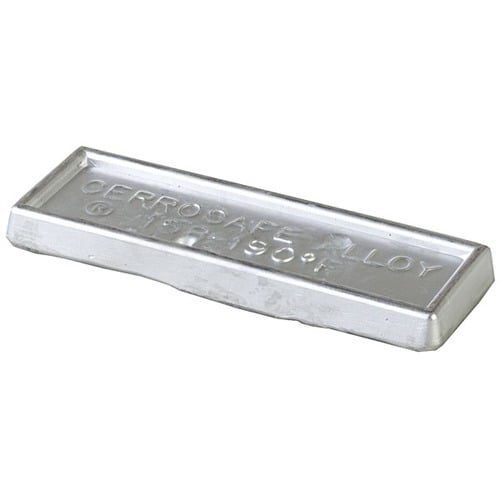William Suter
Well-known member
I bought a new rifle a few months ago basically from a friend. He gave me some of the brass he was using. Its been neck turned and annealed. I know its important to competition shooter but I'm just a paper/steel puncher. How important is it to me? I don't have the tools for neck turning and its not my favorite thing to do but can and will if it makes a huge difference.


